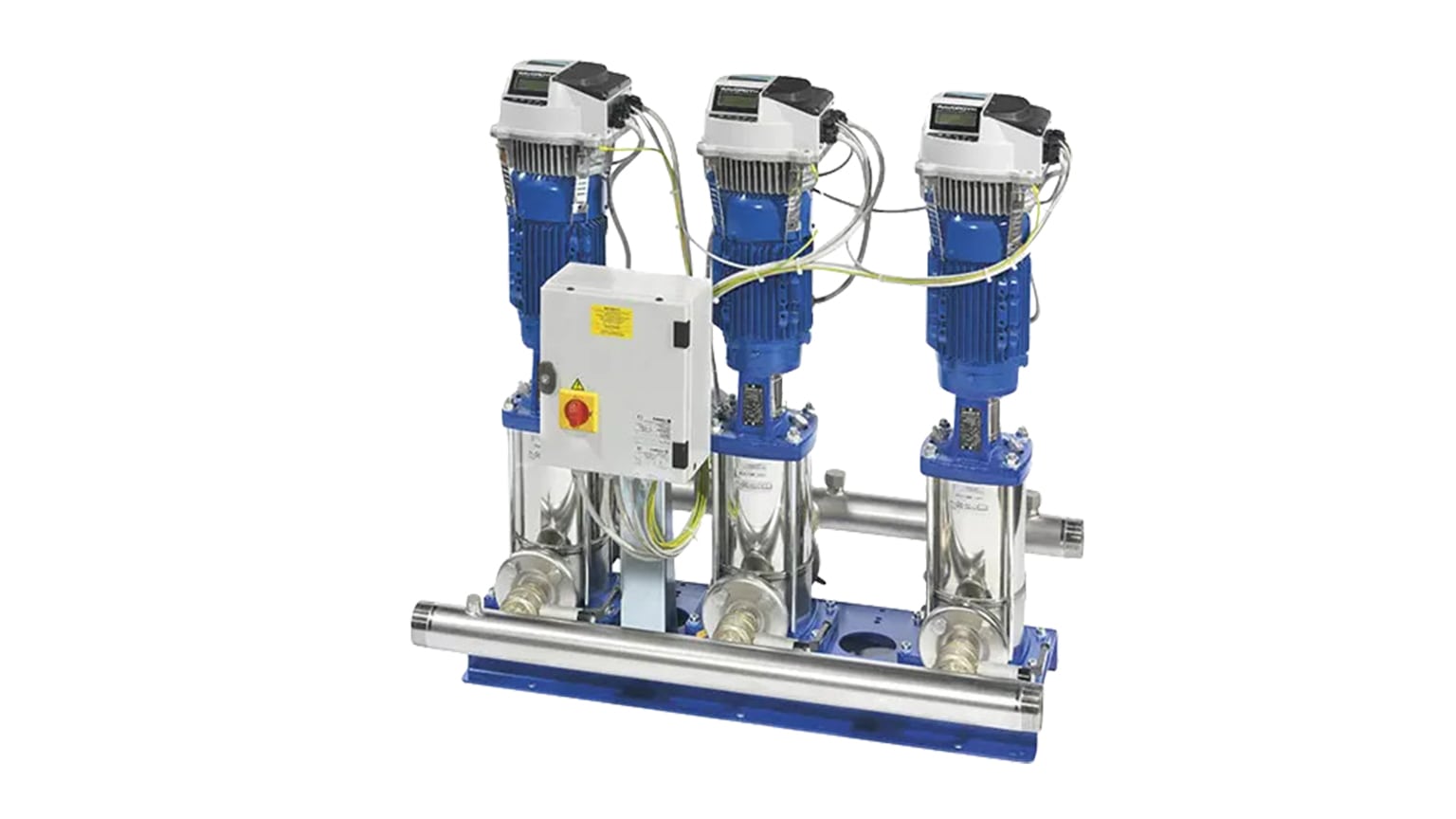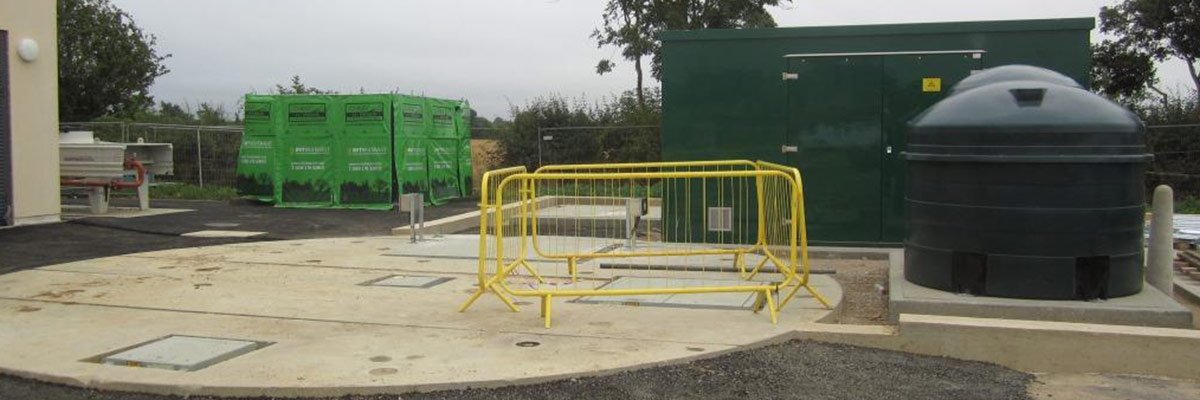
The Challenge
The Dura Pump team was approached by a regular NHS client based in Oxfordshire requesting the supply of a replacement heating pump. We originally supplied this client with their existing pump, however, they found when they came to install it that the isolation valves were not holding, which then made the works required beyond their in-house mechanical teams remit.
The client contacted Dura Pump to assess the situation and provide a solution to overcome the issue of failed isolation valves and the need for the pump to be installed.
Aside from the task at-hand, there were a couple of challenges to bear in-mind in this project. Firstly, there were no other isolation valves nearby. Secondly, the hospital required all works to be completed with minimal disruption to their day-to-day operations.

Before
Our Solution
Following our site visit and assessment, we concluded that the best way to carry the work out was to freeze the 80 and 100mm vertical pipework on either side of the pump.
Once the pipework was frozen, we cut into the vertical pipework and removed the existing isolation valves and pump. Using crimped steel pipework for speed, we connected two crimped elbows with flanges, which in themselves were connecting to two new isolation valves. We could then release the pipe freezer, meaning the heating to the hospital could then be turned back on, allowing the pump installation to continue.
The pump installation included non-return valves, isolators, wiring, as well as the isolation valves. The pump we specified and installed was a Grundfos TP inline 1.1k/W pump.
We carried out the complete installation, making all electrical and mechanical connections; testing and commissioning the system.

After
The Result
As a result of our expertise, the hospital now had a new and reliable heating pump which could now be serviced and maintained in the future, allowing them to ensure heating was circulated around the building consistently and properly.
Also using the above method, the hospital only had to turn their heating off for one night to allow the water temperature to drop low enough to be frozen.

Case Studies







